Issue 10 Flipbook
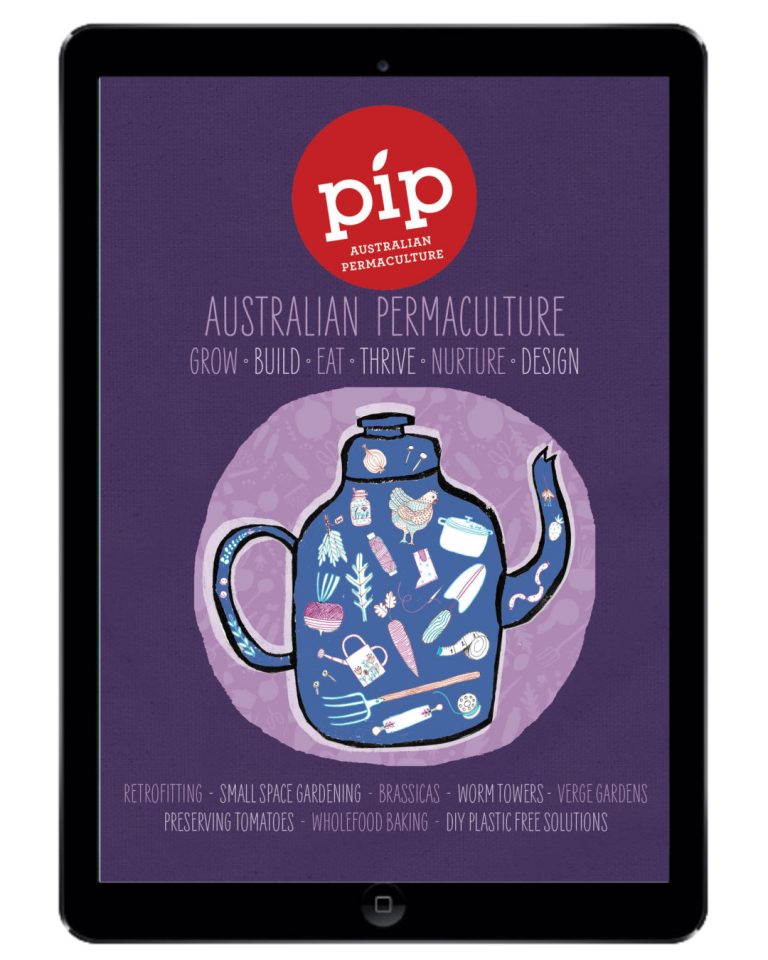
Read Issue 10 as a flipbook

Read Issue 10 as a flipbook

We love seeing kids getting out into the garden and enjoying home-grown produce. Here are some of our littlest Pip folk sharing what they’ve found in the patch.
This issue’s winner is Rohanna from Hilldene, pictured with this issue’s permaculture animal—the worm! Congratulations Rohanna! You will receive a copy of the CD Listen to the land: Stories and Songs for Children by Annie Bryant. This CD includes seven songs and six audio stories about growing food, living on the land, caring for the bush and bees, and listening to Mother Earth.
Next issue’s prize will be a Kid’s Garden Trowel and Fork set by Ryset. Parents, you can send photos for this page through to editorial@pipmagazine.com.au, including your child’s name, age and suburb in the email.


• March: Brussels sprouts (seedling tray), broad beans, beetroot, broccoli (seedling tray), cabbage (seedling tray), carrot, chives, coriander, daikon, endive, fennel, kale, kohlrabi, leeks, lettuce, Mizuna, mustard greens, pak choy/ bok choy, radish, rocket, shallots (plant bulbs), silverbeet, turnips.
• April: Brussels sprouts, broad beans, beetroot, broccoli, cabbage, carrot, cauliflower, chives, endive, fennel, garlic (plant cloves), kale, kohlrabi, lettuce, Mizuna, mustard greens, onions, pak choy/bok choy, parsley, peas, radish, rocket, shallots (plant bulbs), silverbeet, spinach, turnip.
• May: Broad beans, beetroot, carrot, chives, fennel, garlic, kale, kohlrabi, lettuce, Mizuna, mustard greens, onions, parsley, peas, radish, shallots (plant bulb), silverbeet, spinach, turnip.


Retrofitting our homes, gardens and lifestyles to be more self-reliant and resilient promises both a more fulfilling life for us and multiple benefits for society and the environment.
Retrofitting also enables us to focus on what we can do at the household level, rather than community or government levels. We don’t need permission or government funding to start making our lives more productive and enjoyable. We don’t even need to own the place we call home. Although the scope for physical retrofits is greater for home-owners, renters can also make creative changes to their habits, diets and work patterns to create a more resilient and fulfilling life.
This retrofitting can be done wherever we are, but in my latest book, RetroSuburbia: The Downshifters’ Guide to a Resilient Future (Melliodora Publishing, 2018) I have focused on suburbs and country towns, which I believe can be transformed into productive and vibrant spaces where we can live within our global means. I use examples that are primarily applicable to my home territory in South Eastern Australia, but by extension the patterns of retrosuburbia can be adapted to other climates and cultures.
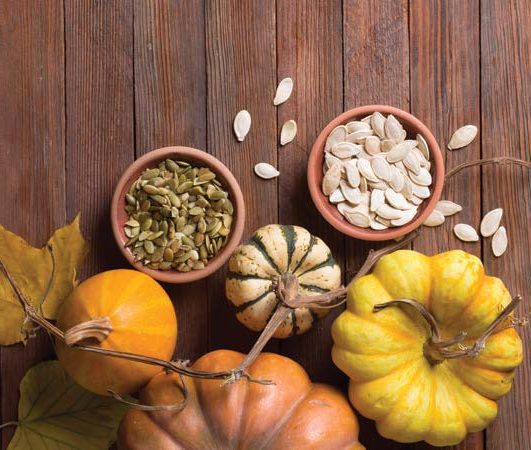

BOTANICAL NAME: Cucurbita maxima. This translates from Latin to largest (maxima) gourd (cucurbita).
ORIGIN: From the Andean valleys and northern Argentina.
DESCRIPTION: This group is the most vigorous of all the Cucurbits, with very long vines and large round leaves that have hairy stems. The stems of the fruits are round, thick and corky. The seeds are thick, yellowish and have a cellophane-like coating.
The group includes Buttercup, Banana, Big Max, Turban, Hubbards, Queensland Blue and Triamble. They are often called winter squash, because the fruits are harvested fully mature and eaten into the winter months (as opposed to summer squash which is usually eaten young during the growing season).
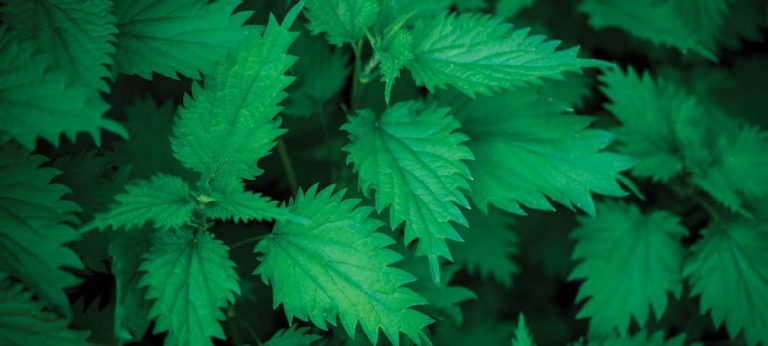

Nettle grows all over Australia, preferring partially shady spots with fertile soils. The Australian native nettle, Urtica incisa (scrub nettle), is an upright perennial found in streams and rainforests. You can find other introduced varieties everywhere, such as the annuals Urtica urens (dwarf nettle) and Urtica dioica (common nettle).
Although considered a weed to most, it is actually a cultivated crop and has been highly valued since ancient times as a vegetable, fibre and remedy, along with dandelion and dock. Once you’ve encountered nettle, you’ll never forget it.
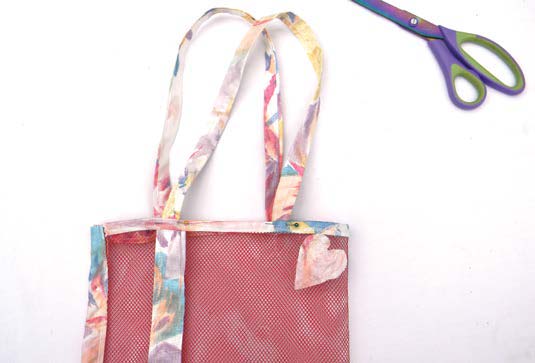

Step 1. Make your pattern
Take one of the sheets of paper and fold it in half lengthwise. Glue the other sheet along that centre line. On the right edge, measure down 6 cm and mark. This is your marker for where the drawstring goes.
Step 2. Cut your fabric (using your pattern)
Fold your fabric, right side to right side, and pin the pattern to the fabric. Don’t forget to cut a notch on the right edge where you marked the drawstring entry point.
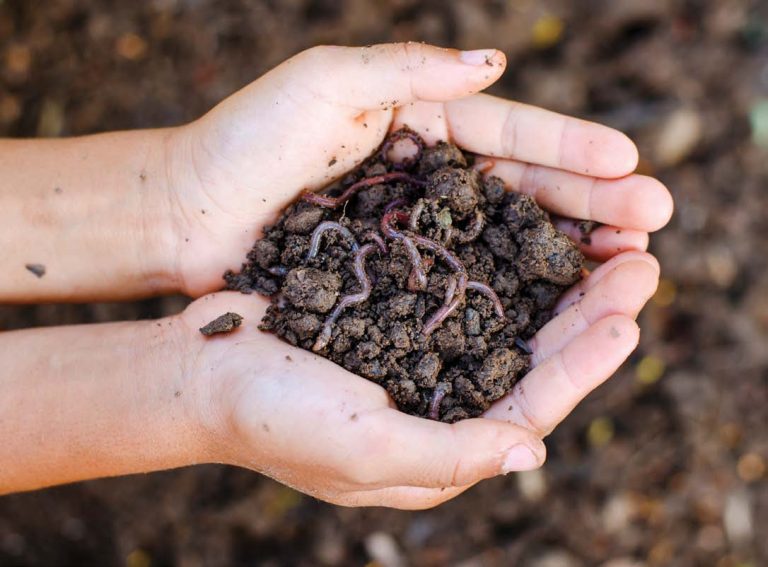

Composting worms can be considered the ultimate suburban animal. They’re quiet, cheap, loyal and useful. They don’t need walking, grooming or vets. As a permaculture animal, they excel. They survive entirely on leftovers and waste, and their voracious appetites can reduce landfill contributions by up to half while giving you rich castings and liquid fertiliser.
There are three main worm categories: anecic (deep soil dwellers), endogeic (medium depth soil dwellers) and epigeic (top layer dwellers—composting worms are this type, and over 90% of them are Tigers, Reds or Indian Blues).
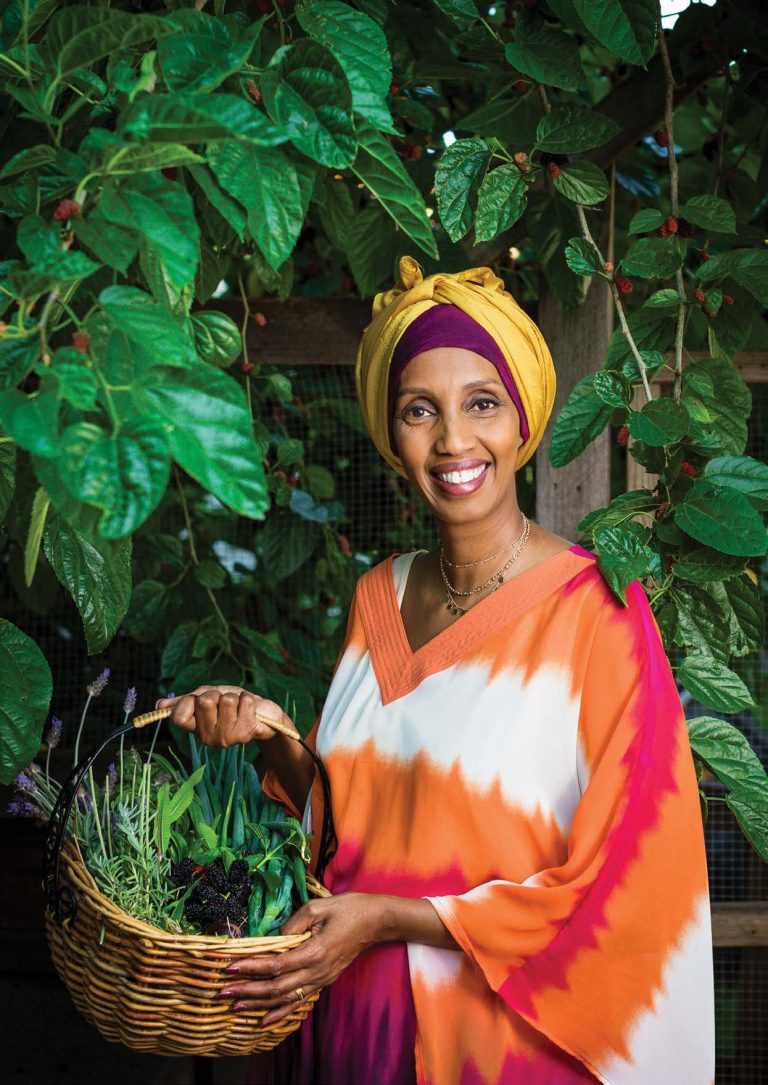

These five inspiring people from refugee backgrounds have come to Australia and found their sense of community through gardening. By either joining or creating community gardening groups, they have become part of a network of people sharing ideas, knowledge and food, supporting one another through the difficult transition to a new culture.
Mariam Issa moved to Australia from Somalia 19 years ago. Finding herself having to bridge the gap between her family and their new community in Melbourne’s affluent suburb of Brighton, Mariam was inspired to start RAW in her own backyard.
RAW is a grassroots organisation that also comprises a permaculture garden, which brings together women to connect in a safe and welcoming space.
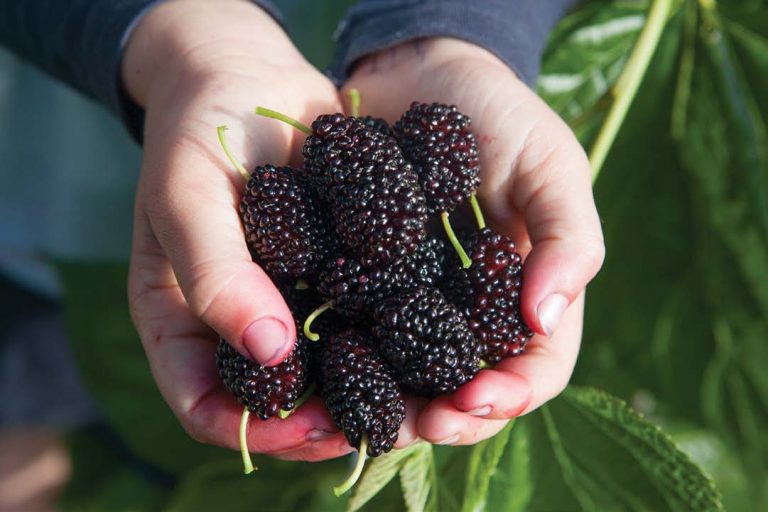

Mulberries are a wonderful example of a multifunctional permaculture plant. Most well-known for their abundance of delicious and nutritious berries, they are also a great shade plant, providing shade in summer and allowing sun in during winter.
They provide us with deciduous leaves for compost, and healthy teas to drink. When they are pruned (during autumn after the leaves have fallen), their branches can be cut and used to make durable baskets. Mulberries are also the sole food of the silkworm, an educational and child-friendly pet which creates precious silk, ready to be turned into something beautiful.